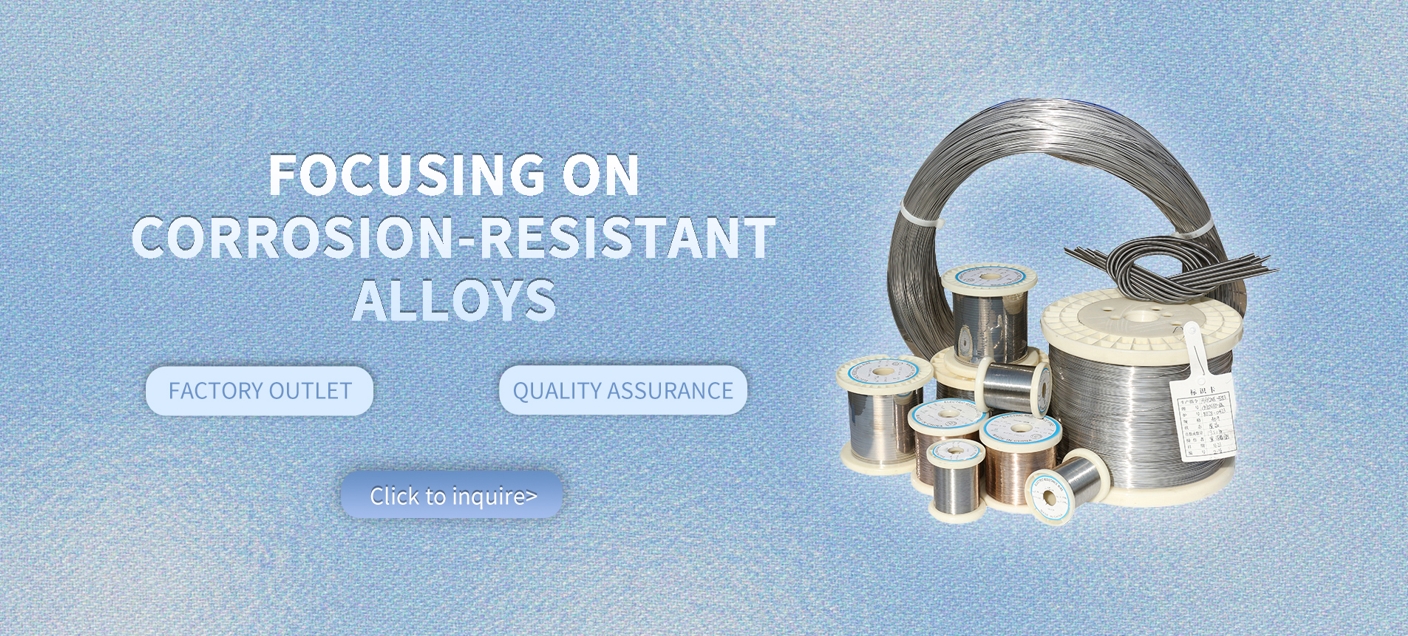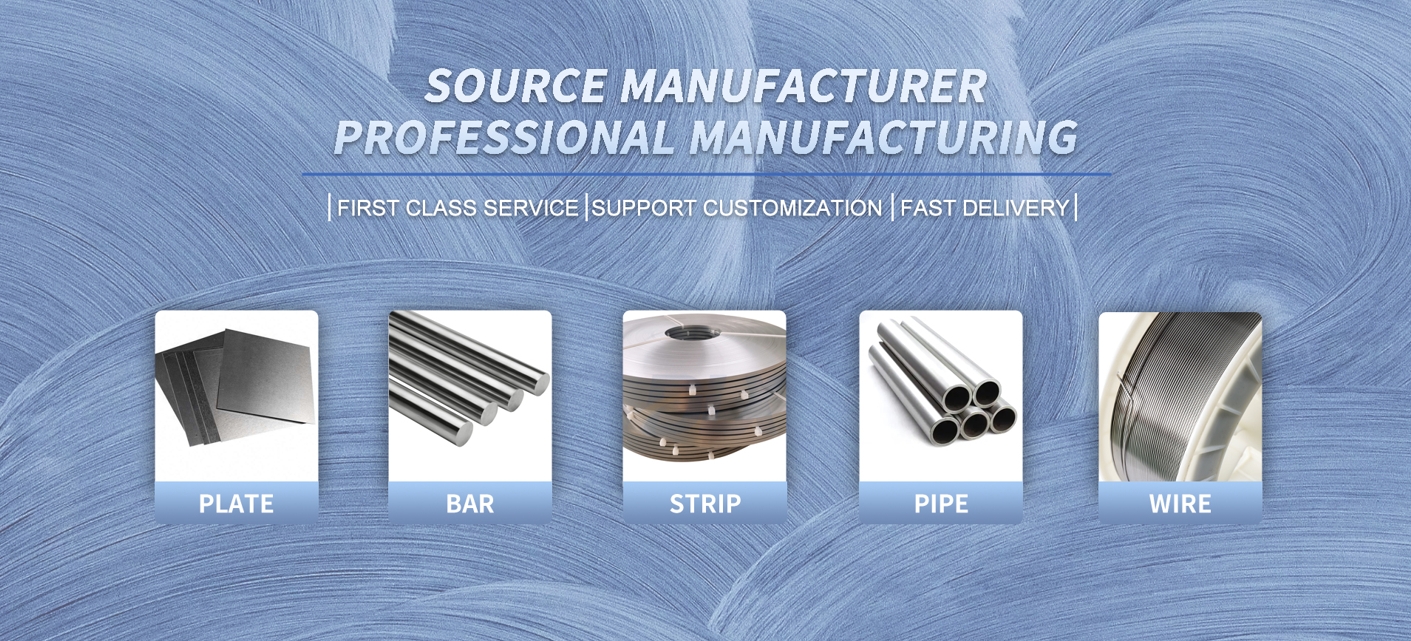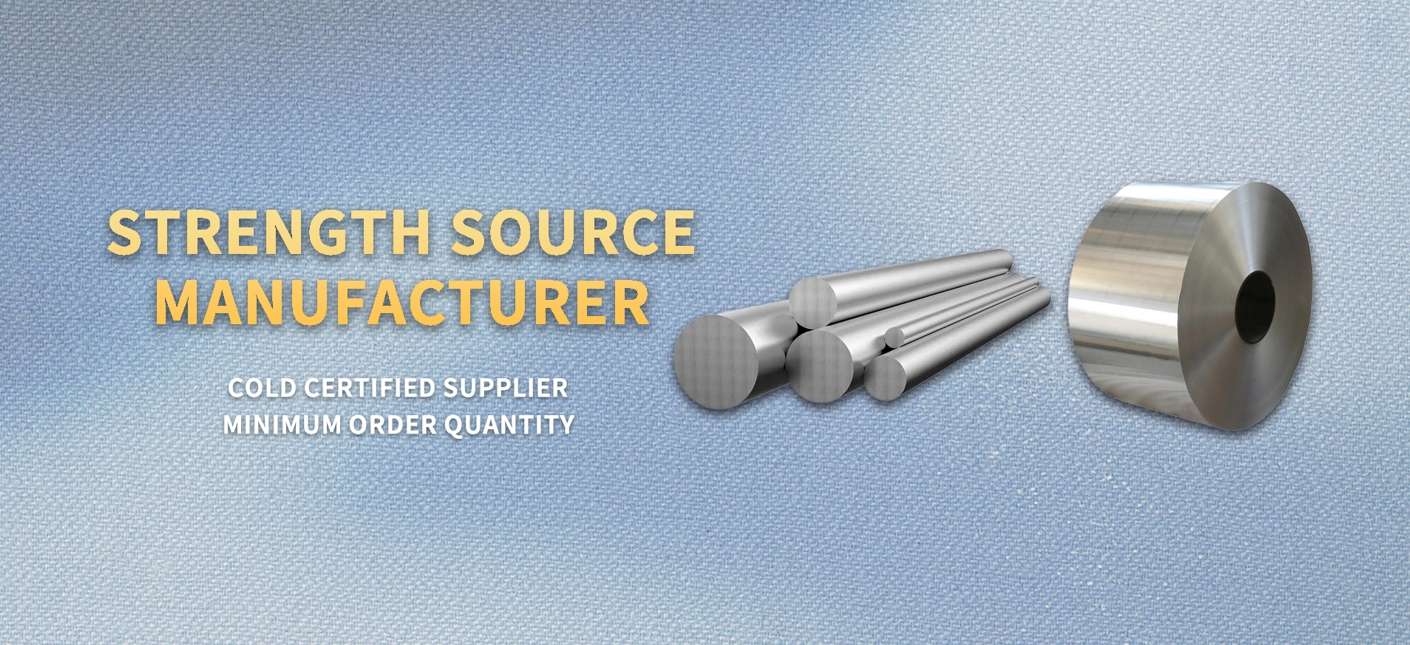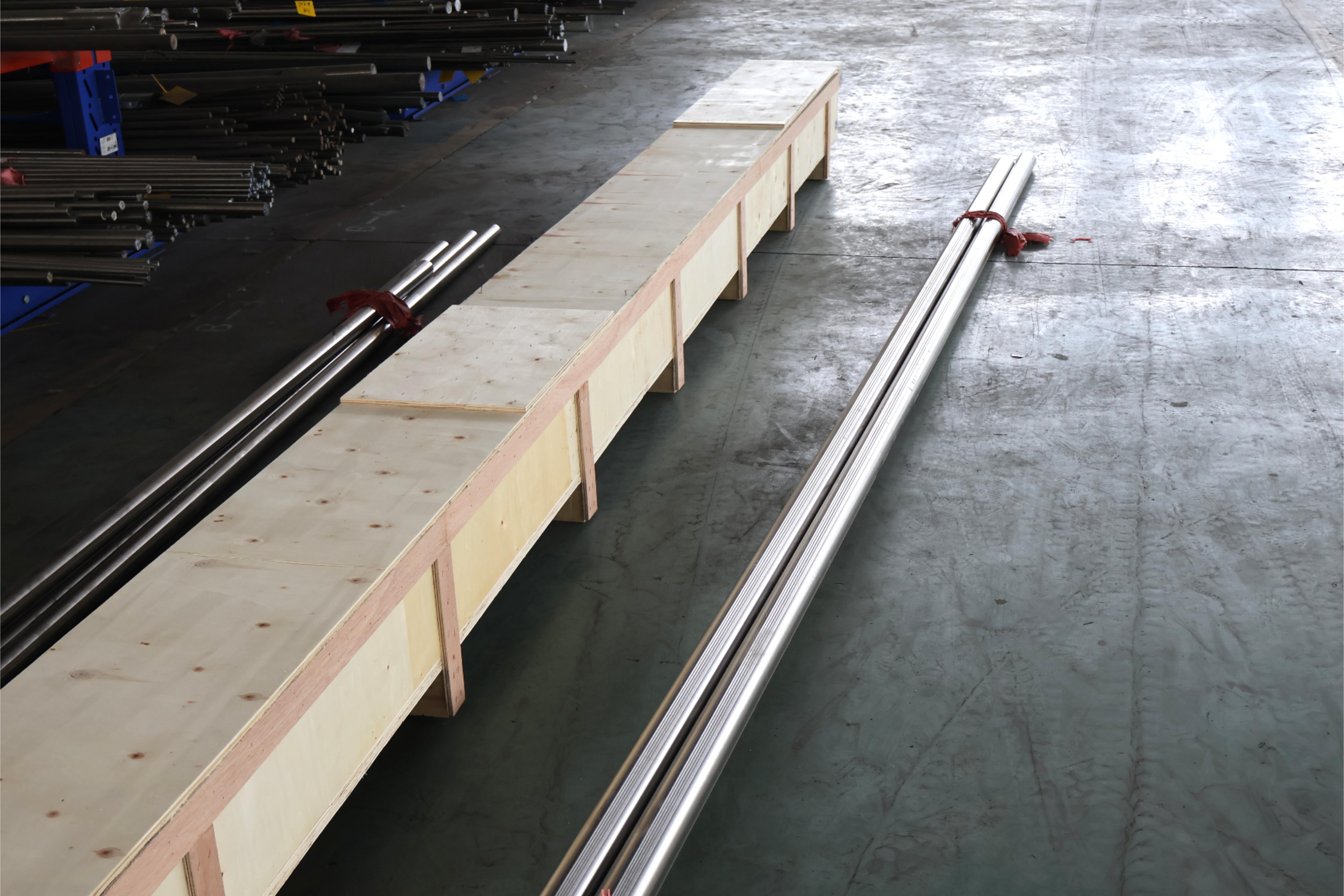Incoloy 825 Forged Bar for Phosphoric Acid Processing Corrosion Protection

At our company, we know the ins and outs of Incoloy 825 forged bar for phosphoric acid processing corrosion protection, and it's clear why this material is a standout in tough industrial settings. If you're in phosphoric acid production or need solid corrosion protection, our Incoloy 825 forged bar delivers reliability that keeps operations smooth. Let's break down what sets our Incoloy 825 forged bar apart in phosphoric acid processing.
Starting with the product introduction, our Incoloy 825 forged bar is engineered from a nickel-iron-chromium alloy enhanced with molybdenum, copper, and titanium. This combo provides top-notch corrosion protection in phosphoric acid environments, where impurities like fluorides and sulfates can wreak havoc on lesser materials. We forge it under controlled conditions to achieve superior strength—tensile up to 145 ksi—and density of 0.294 lb/in³, with a melting range of 2500-2550°F. In phosphoric acid processing, this forged bar forms the core of tanks, evaporators, and agitators, offering corrosion rates below 1 mpy even in boiling 85% solutions. We offer it in various diameters and lengths, annealed or as-forged, to fit your exact corrosion protection needs without compromising on machinability or weldability.
For more details, pls directly contact us.
Looking at industry analysis, 2025 is shaping up to be a pivotal year for the phosphoric acid sector, with the market hitting $69.1 billion and projected to reach $120.3 billion by 2035 at a 5.7% CAGR. This growth stems from rising demand in fertilizers, food additives, and electronics, especially in Asia-Pacific where production ramps up. Nickel alloys like our Incoloy 825 forged bar are seeing a 5.1% CAGR through 2034, driven by the push for sustainable, low-maintenance corrosion protection solutions. With global focus on reducing fossil fuel dependency in phosphoric acid production, trends lean toward innovative processes that minimize impurities—exactly where Incoloy 825 excels in providing long-term corrosion resistance. We've observed increased adoption in wet-process phosphoric acid plants, as regulations tighten on emissions and efficiency. The nickel alloy market, valued at $16.59 billion in 2025, benefits from EV battery demands, but chemical processing remains a key driver for corrosion protection in harsh acids.
Chemical Composition Requirement

Item | 800 | 800H | 800HT | 825 | 925 |
C | ≤0.1 | 0.05-0.1 | 0.06-0.1 | ≤0.05 | ≤0.03 |
Mn | ≤1.5 | ≤1.5 | ≤1.5 | ≤1 | ≤1 |
Fe | rest | rest | rest | rest | rest |
P | -- | -- | -- | ≤0.02 | ≤0.03 |
S | ≤0.015 | ≤0.015 | ≤0.015 | ≤0.03 | ≤0.03 |
Si | ≤1 | ≤1 | ≤1 | ≤0.5 | ≤0.5 |
Cu | ≤0.75 | ≤0.75 | ≤0.75 | 1.5-3 | 1.5-3 |
Ni | 30-35 | 30-35 | 30-35 | 38-46 | 42-46 |
Al | 0.15-0.6 | 0.15-0.6 | 0.15-0.6 | 0.2-1 | 0.15-0.5 |
Ti | 0.15-0.6 | 0.15-0.6 | 0.15-0.6 | 0.6-1.2 | 1.9-2.4 |
Cr | 19-23 | 19-23 | 19-23 | 19.5-23.5 | 19.5-23.5 |
Mo | -- | -- | -- | 2.5-3.5 | 2.5-3.5 |
Shape | Size (mm) |
Wire | 0.5-7.5 |
Rod/Bar | 8.0-200 |
Strip | (0.5-2.5)*(5-180) |
Tube/Pipe | Custom made |
Sheet/Plate | Custom made |
Product Form | Standard |
Rod, bar & Wire | ASTM B805 |
Plate, sheet & strip | ASTM B872 |
Seamless pipe and tube | ASTM B983 |
Forging | ASTM B637 |
For more details, pls directly contact us.
Applications for our Incoloy 825 forged bar extend far in phosphoric acid processing and beyond. In fertilizer plants, it's used for reactor bars and supports that handle hot, impure phosphoric acid without pitting or crevice corrosion. Chemical industries rely on it for heat exchangers and valves in sulfuric-phosphoric mixes, where its copper content boosts resistance to reducing acids. Oil and gas sectors apply it in downhole tools for sour environments, but in phosphoric acid specifically, it shines in digesters and filters, maintaining integrity at elevated temps. We've supplied it for nuclear reprocessing vessels handling radioactive phosphoric wastes, and in pollution control for scrubbers facing acid mists. Pickling operations in metal finishing use our forged bar for racks and fixtures, resisting nitric-phosphoric blends. Its versatility means it works in marine settings too, but for phosphoric acid processing corrosion protection, it's unmatched in preventing stress-corrosion cracking under load.
When it comes to company comparison, our edge in supplying Incoloy 825 forged bar for phosphoric acid processing is all about precision and support. While standard providers might offer off-the-shelf options, we customize forging to optimize grain structure for better corrosion protection, ensuring yield strengths up to 129 ksi. Our in-house testing simulates phosphoric acid conditions, like Huey tests showing rates under 0.5 mpy, giving you confidence in real-world performance. We keep lead times short—often under four weeks—thanks to strategic inventory, unlike slower alternatives. Plus, our technical team guides on fabrication, recommending forging at 1600-2150°F to avoid defects, and post-weld annealing for max durability. Competitors may overlook alloy purity, but we adhere strictly to UNS N08825 specs, with 38-46% nickel for superior chloride resistance in phosphoric acid impurities. This translates to 25-30% longer service life in corrosion-prone setups, based on client reports, slashing downtime and costs.
Delving deeper into the product, our Incoloy 825 forged bar boasts elongation of 15-30%, making it tough yet formable for complex phosphoric acid processing components. Thermal conductivity at 678 Btu-in/ft²•h•°F supports efficient heat transfer in evaporators, and it holds up in oxidizing-reducing shifts common in wet-process phosphoric acid. We process it with titanium stabilization to prevent sensitization, ensuring no intergranular corrosion after welding—critical for seamless corrosion protection.
Comparison Parameters Table
| Parameter | Incoloy 825 Annealed Bar | Incoloy 825 Forged Bar | Typical Austenitic Stainless Steel (e.g., 316 Type) |
|---|---|---|---|
| Tensile Strength (ksi) | 85 | 145 | 75-85 |
| Yield Strength (ksi) | 35 | 129 | 30-40 |
| Elongation (%) | 30 | 15 | 40-50 |
| Corrosion Rate in 85% Phosphoric Acid at Boiling (mpy) | <1 | <1 | 5-20 |
| Critical Pitting Temperature (°F) in 6% FeCl3 | 85 | 85 | 35-50 |
| Density (lb/in³) | 0.294 | 0.294 | 0.29 |
| Melting Range (°F) | 2500-2550 | 2500-2550 | 2500-2550 |
| Thermal Conductivity at 100°F (Btu-in/ft²•h•°F) | 678 | 678 | 100-120 |
| Applications Suitability for Phosphoric Acid Processing | High (impure acids with halogens) | High (impure acids with halogens) | Moderate (pure acids only, limited in impurities) |
Industry trends in 2025 highlight a shift toward eco-friendly phosphoric acid production, with innovations reducing dependency on fossil fuels and emphasizing recycled phosphorus. Our Incoloy 825 forged bar aligns perfectly, offering sustainable corrosion protection that minimizes replacements and waste. The nickel alloy surge, projected to $25.99 billion by 2034, underscores demand in high-performance apps, and we've adapted by certifying our products for green standards. Phosphoric acid's role in EV batteries and food security drives this, with Asia leading at over 50% market share.
On applications, imagine our Incoloy 825 forged bar in a phosphoric acid evaporator: it resists boiling acids with halogens, keeping operations leak-free. In chemical reactors, it forms stirrer shafts enduring constant agitation. Oil refineries use it for phosphoric acid-based catalysts, but its core strength is in fertilizer production lines. We've seen it in electronic-grade phosphoric acid purification, maintaining purity without contamination. For corrosion protection, it's ideal in high-pressure vessels, with no cracking in MgCl2 tests after 1000 hours.
Our company's advantages stand out in innovation—we enhance Incoloy 825 forged bar with optional coatings for extreme phosphoric acid conditions, extending life further. While others provide basic stock, we offer CAD-assisted designs for custom bars, optimizing for your processing setup. Our pricing reflects value, with lifecycle savings outweighing upfront costs, especially in 2025's volatile nickel market. Clients appreciate our responsive support, from material selection to on-site troubleshooting.
Expanding on why Incoloy 825 forged bar is essential for phosphoric acid processing corrosion protection, its molybdenum fights pitting in chlorides, chromium handles oxidation, and overall balance ensures low rates in 40-85% acids. Forging refines the microstructure for better fatigue resistance, suiting vibrating equipment. We ensure uniform properties across batches, with Rockwell hardness B90-95.
2025 industry analysis shows phosphoric acid demand spiking with global food needs, and nickel alloys like ours are key to efficient plants. Trends include hybrid processes integrating CO2 capture, where corrosion protection is vital. We've positioned ourselves with expanded forging capacity to meet this.
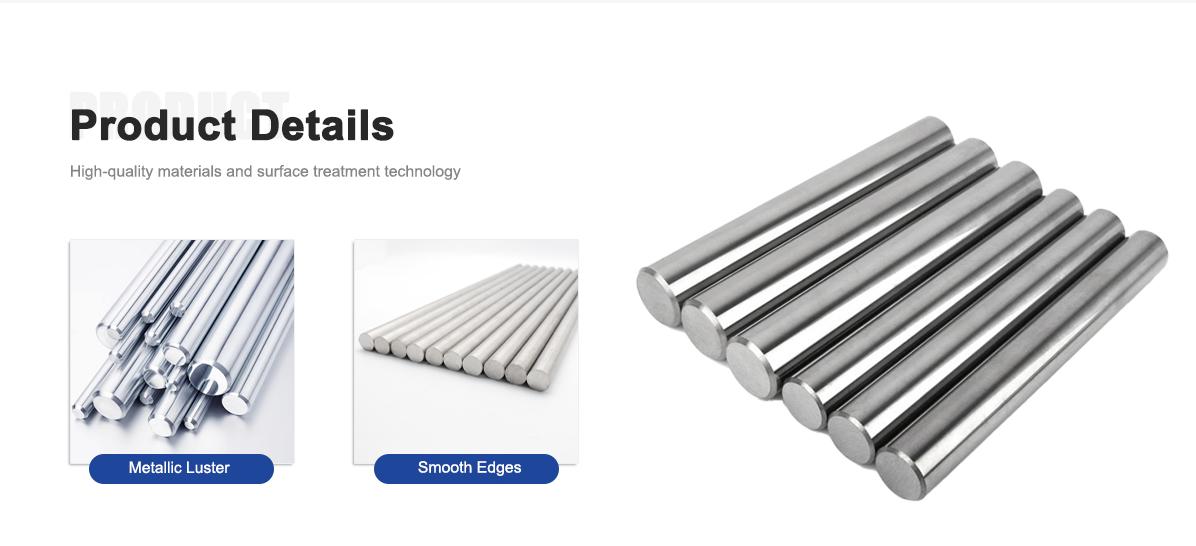
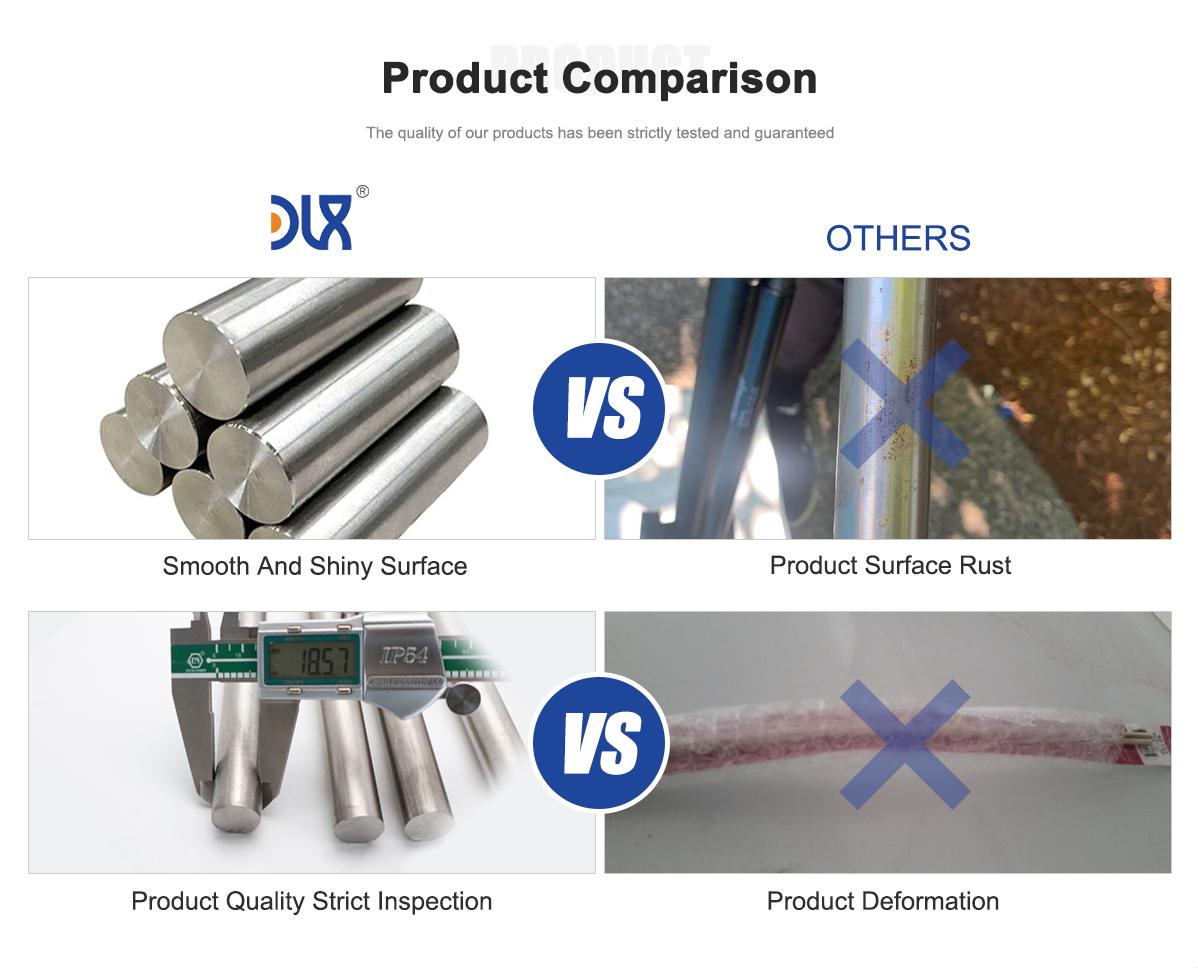
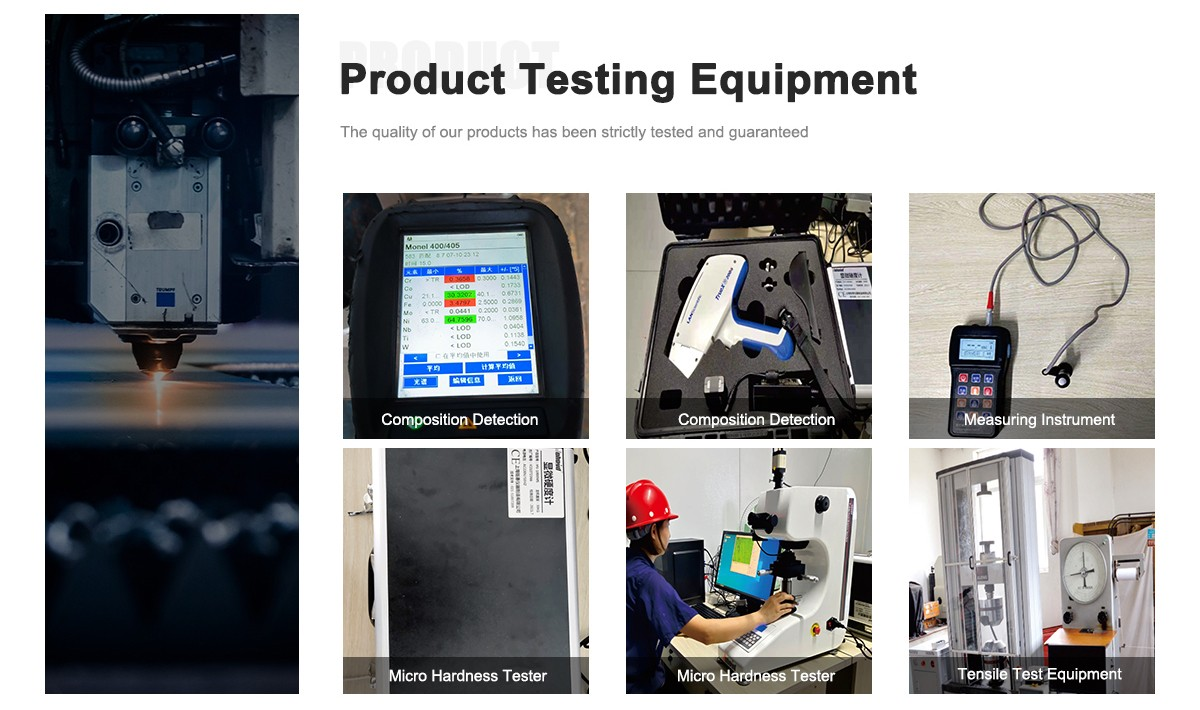
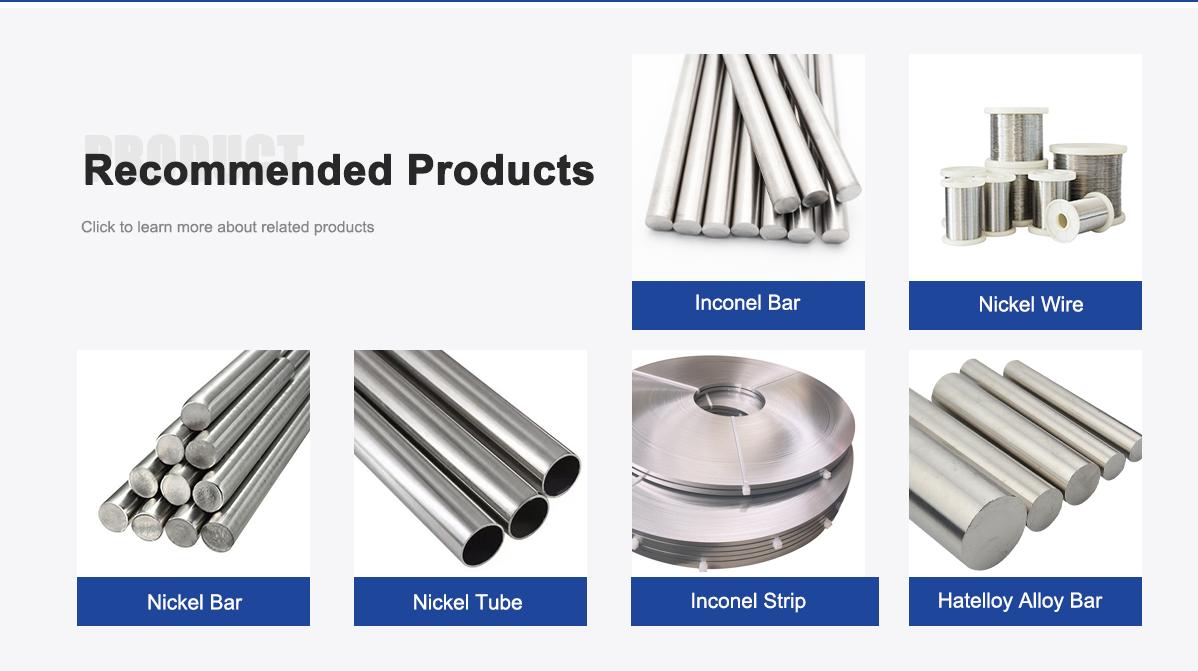
About Us:
Our 12,000㎡ factory is equipped with complete capabilities for research, production, testing, and packaging. We strictly adhere to ISO 9001 standards in our production processes, with an annual output of 1,200 tons. This ensures that we meet both quantity and quality demands. Furthermore, all products undergo rigorous simulated environment testing including high temperature, high pressure, and corrosion tests before being dispatched, ensuring they meet customer specifications.
For all our clients, we offer timely and multilingual after-sales support and technical consulting, helping you resolve any issues swiftly and efficiently.
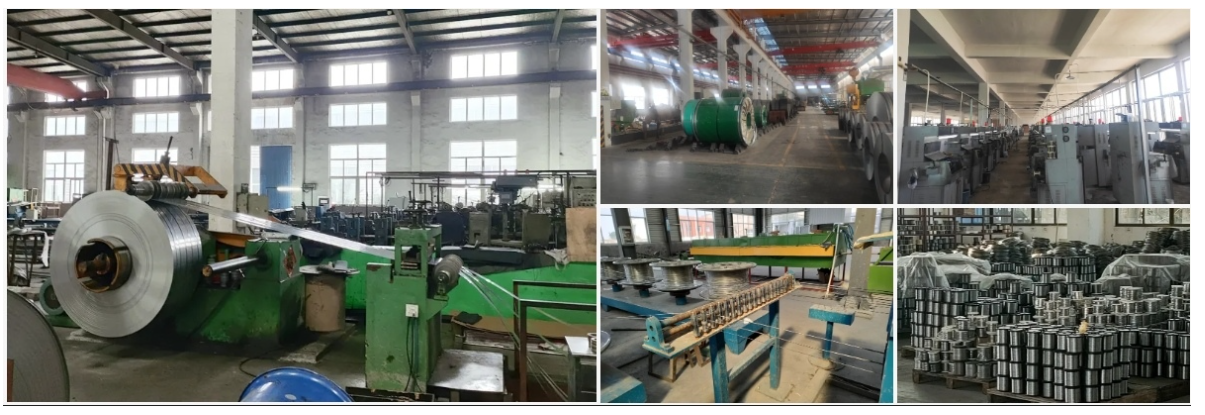
Client Visits
Building Stronger Partnerships
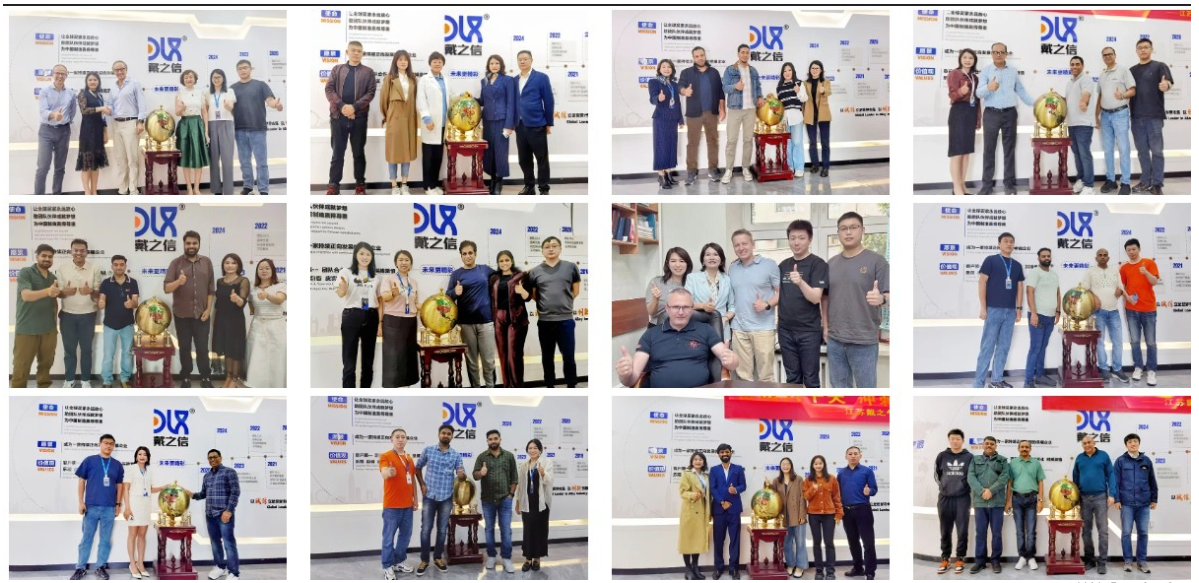
We support all kinds of testing:
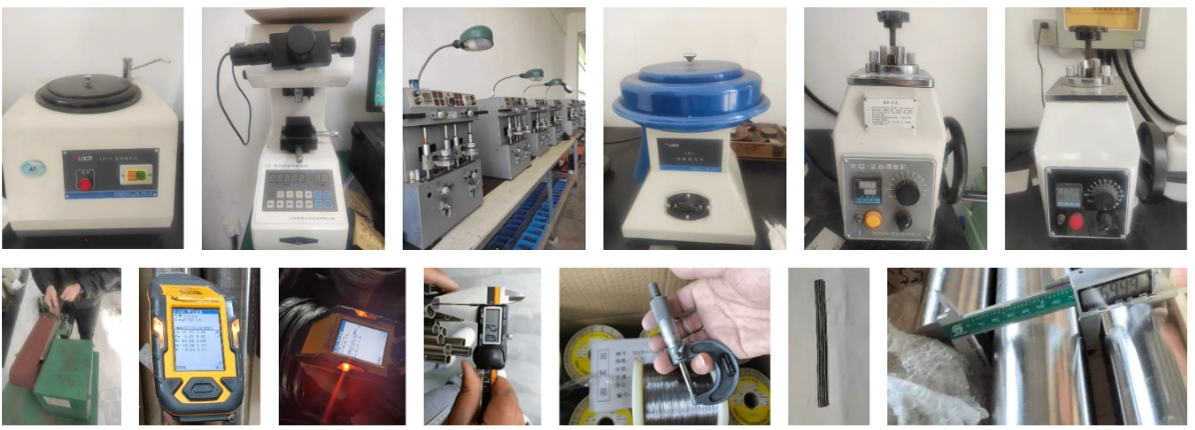
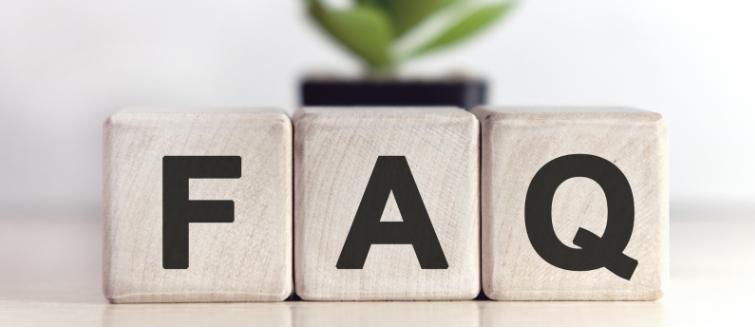
FAQs:
What is Incoloy 825 made of? Incoloy 825 is a nickel-iron-chromium alloy with 38-46% nickel, 22% min iron, 19.5-23.5% chromium, 2.5-3.5% molybdenum, 1.5-3% copper, and 0.6-1.2% titanium.
What are the key mechanical properties of Incoloy 825 forged bar? It features tensile strength of 85 ksi min in annealed form, up to 145 ksi forged, yield strength 35-129 ksi, elongation 30-15%, and maintains strength at temperatures up to 1000°F with impact resistance down to -423°F at 68 ft-lb.
How does Incoloy 825 resist corrosion in phosphoric acid environments? It offers low corrosion rates under 1 mpy in wet-process phosphoric acid up to 85% concentration, resisting pitting, crevice corrosion, and intergranular attack due to its molybdenum and copper additions.
What are common applications for Incoloy 825 forged bar? It's applied in phosphoric acid processing equipment, chemical reactors, oil and gas components, pollution control scrubbers, nuclear reprocessing, and pickling tanks.
How does Incoloy 825 perform in phosphoric acid processing? In evaporators, tanks, and piping for phosphoric acid production, it withstands impure acids with fluorides and sulfates, showing corrosion rates as low as 0.5 mpy at boiling points, preventing leaks and extending equipment life.
What industry trends are driving the use of Incoloy 825 in 2025? Nickel alloy market grows at 5.1% CAGR through 2034, fueled by chemical industry expansion, sustainable phosphoric acid production, and demand for corrosion-resistant materials in Asia-Pacific, with phosphoric acid market reaching $69.1 billion.
How is Incoloy 825 forged bar fabricated? Forged at 1600-2150°F, it can be hot-worked, machined with high-speed tools, welded via GTAW or SMAW without preheat, and annealed at 1725-1775°F for stabilization.
What makes Incoloy 825 suitable for high-temperature applications? It retains mechanical properties up to 1000°F, with thermal conductivity of 678 Btu-in/ft²•h•°F at 100°F, melting range 2500-2550°F, and resistance to oxidation, but limit use above 1000°F to avoid embrittlement.
